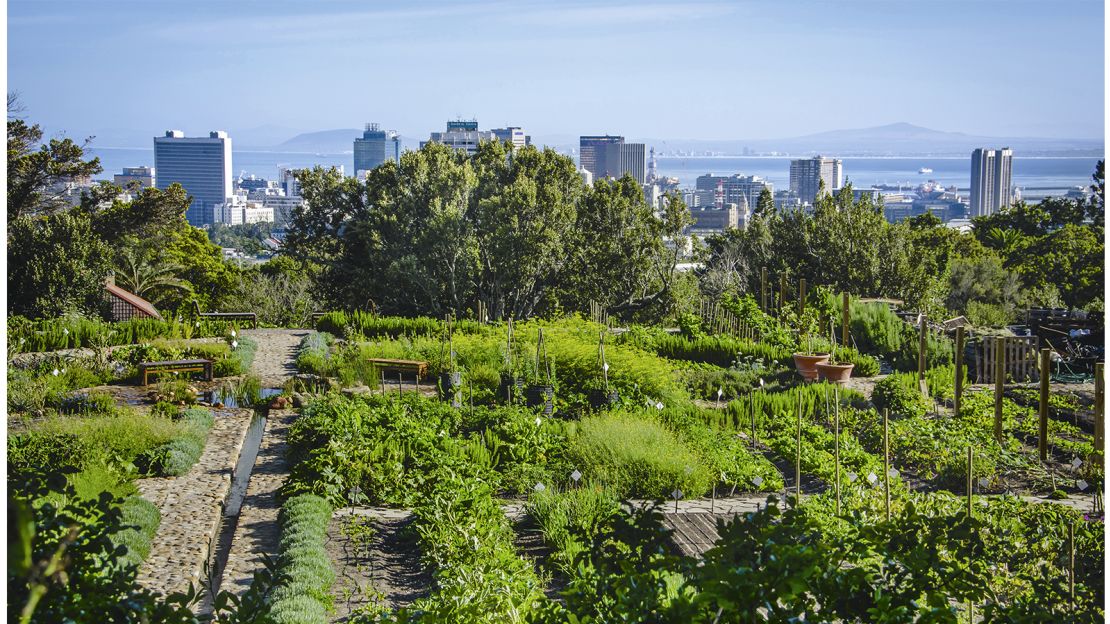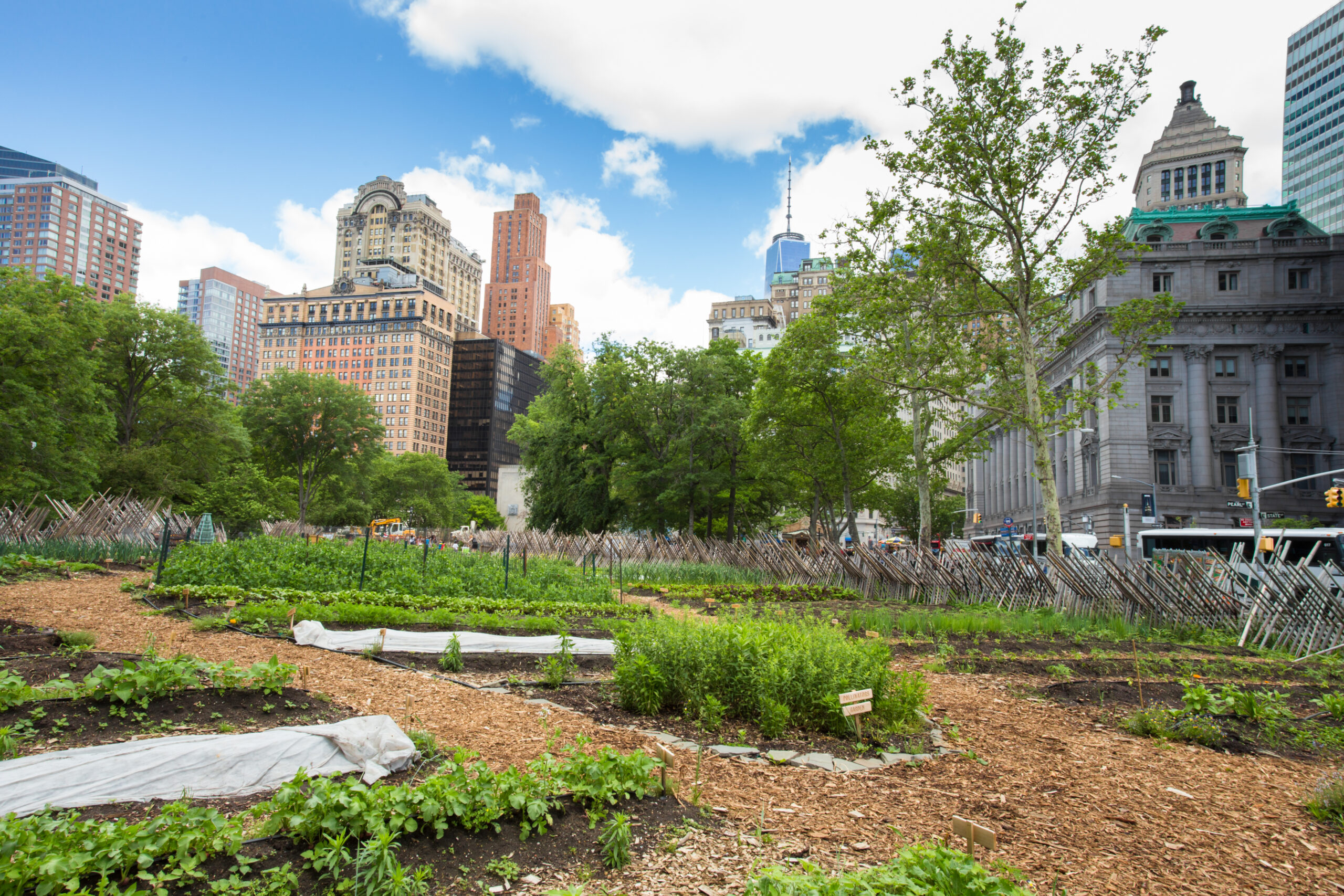Some Known Details About City Blooming
Wiki Article
5 Simple Techniques For City Blooming
Table of ContentsThe Definitive Guide for City Blooming10 Easy Facts About City Blooming ShownCity Blooming - TruthsCity Blooming - An OverviewNot known Factual Statements About City Blooming
Interested in growing food for sale in the City of Chicago? Below is a listing of frequently asked concerns regarding the policies and guidelines that growers must think about when preparing a city farming task.
The zoning modification does not modify any kind of various other codes taking care of composting, building authorizations, purchasing or renting City possessed residential or commercial property, business licenses or ecological contamination. There are existing codes that manage these problems and they stay completely result and might apply to your project. Neighborhood yards are commonly possessed or taken care of by public entities, civic organizations or community-based organizations and preserved by volunteers.
Urban ranches expand food that is planned to be sold, either on a nonprofit or for-profit basis. Due to their business purpose, urban farms require a business certificate. Yes. A community garden is enabled to market surplus create that was expanded on site if the sales are accessory or subservient to the yard's main function defined over.
City Blooming Fundamentals Explained
Composting is enabled but only for plant product that is produced and utilized on site. The amount of garden compost material can not surpass 25 cubic yards at any given time according to the requirements in 7-28-715 of the City's Municipal Code. Yes. Due to the fact that the dirt at a lot of new garden websites requires changing, compost, dirt, timber chips, or various other materials can be obtained to create or enhance the growing space - eco-friendly practices.
If a building license is needed then the hoophouse will be taken into consideration an accessory structure. You can figure out more concerning the building authorization demands by contacting the Department of Buildings. The 25,000-square-foot size restriction is meant to avoid a solitary community yard from controling an offered block or interfering with the block's existing household or industrial personality.
The restriction does not apply to yards situated in Public Open Room (POS) areas. Can there be even more than one community yard that is 25,000 square feet on a single block? Secure fencing is not required, nevertheless, gardens that have large vehicle parking areas might be required to set up fence or various other landscaping attributes.
How City Blooming can Save You Time, Stress, and Money.
B1 & B2 areas require that all commercial usage activities be conducted indoors. R districts restrict commercial task. The regulations mirror the objective and intent of the Zoning Code. Is fencing required for urban farms? Yes. Fences might be required, together with landscaping and screening, for particular parking lot and outdoor job or storage space areas relying on area and the certain task happening.Yes. Urban farms require building permits and zoning authorizations before building. Other kinds of city testimonial might be needed depending upon specific frameworks, activities, size, landscaping, licensing, public heath and stormwater management concerns. A lot of these demands are determined in the project design or allowing process, however, the candidate might be responsible to individually determine particular licenses or allows that may be required.
Yes. The kind of certificate is established by what is occurring at the website. The Department of Business Affairs and Customer Protection can aid figure out the specific type of company license that's required. Yes. Off street car park is needed for many business projects in Chicago. The needed variety of vehicle parking spaces is based on the number of staff members working with site and not the square video footage of the expanding room.
The Single Strategy To Use For City Blooming

A metropolitan farm can sell garden compost material generated on website, nonetheless, the operation should comply with the policies in 7-28-715 of the Chicago Municipal Code. Aquaponic systems are permitted inside on city farms in numerous zoning districts.
Up to five hives or nests of honey bees may be maintained as an accessory use. Beekeepers must register with the Illinois Department of Agriculture. To learn more regarding the proposed zoning modification you might get in touch with the Department of Housing and Economic Development, Bureau of Preparation and Zoning at 312.744.8563.
, which takes place in country areas at the side of suburban areas.
The Best Guide To City Blooming
It can involve an activity of organic farmers, "foodies" and "locavores", who seek to develop social networks started on a shared principles of nature and area holism. These networks can create using official institutional support, becoming integrated right into local town as a "shift town" motion for lasting urban growth.The more direct access to fresh veggie, fruit, and meat products that may be realised with urban agriculture can improve food safety and security and food safety and security while lowering food miles, leading to lower greenhouse gas discharges, consequently adding to climate change reduction. A few of check my reference the initial proof of city agriculture originates from Mesopotamia.
Report this wiki page